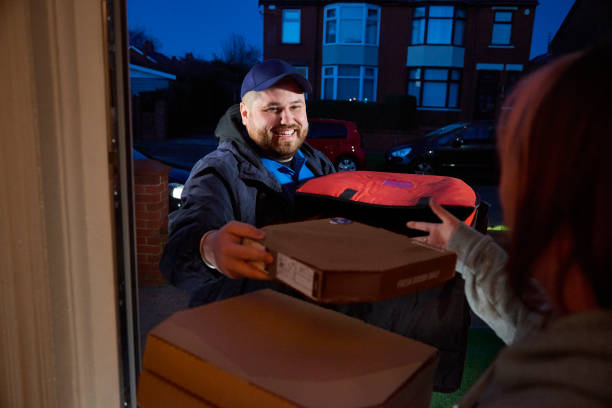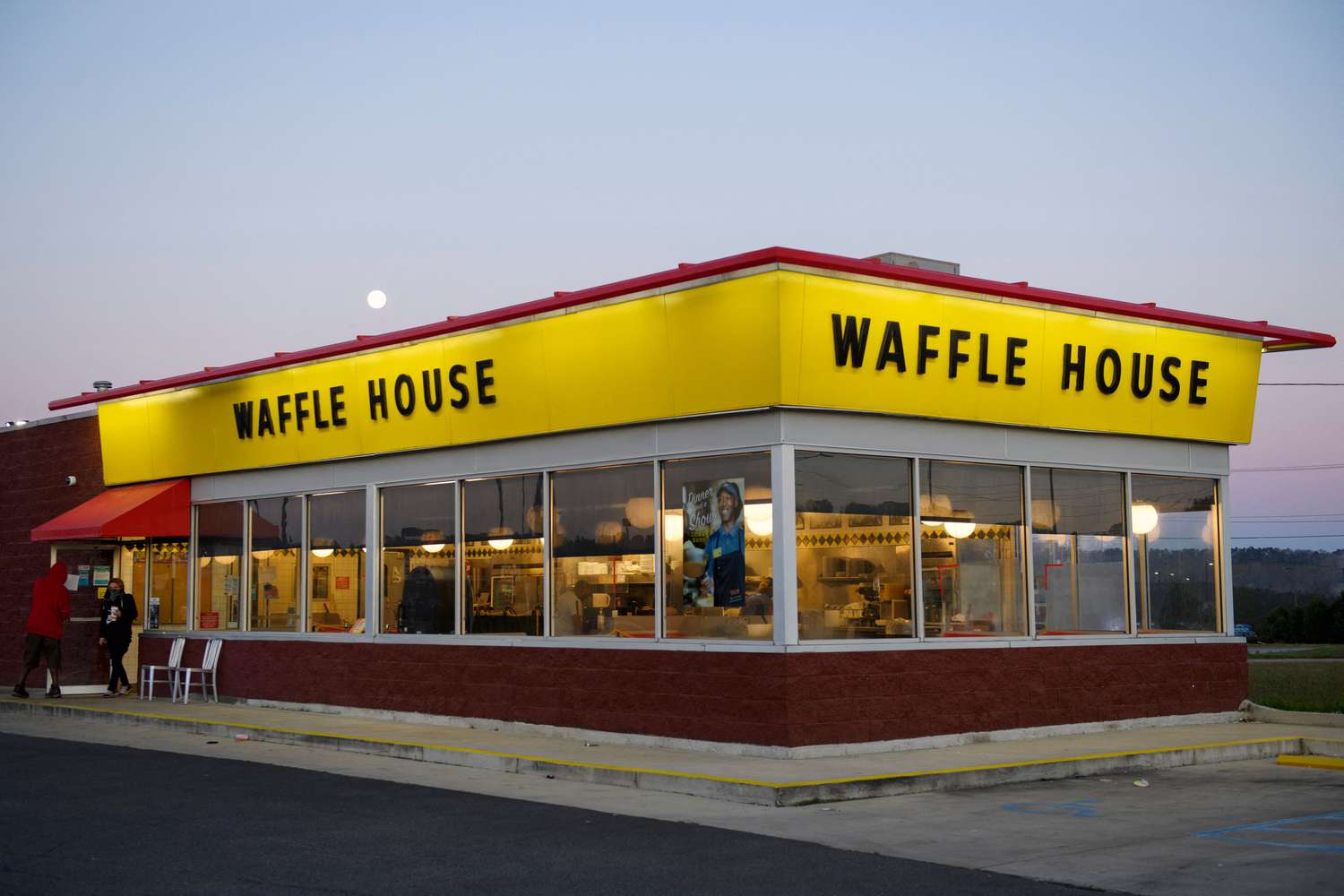Optimizing Late-Night Delivery Strategies in the Restaurant Industry
Explore how late-night delivery is reshaping the restaurant industry and how major brands are adapting to meet customer demands.


The Rise of Late-Night Delivery
Late-night delivery services have seen a significant uptick in demand within the restaurant industry. As the lifestyle patterns of consumers continue to evolve, there has been a noticeable shift towards ordering food during unconventional hours. Delivery platforms like DoorDash have reported a substantial increase in orders between midnight and 5 a.m., indicating a changing trend in consumer behavior.
Adapting to Changing Consumer Preferences
Consumer pullback and the need for brands to explore new customer acquisition channels have led to a reevaluation of traditional operating models within the restaurant sector. Major players like Domino’s and Darden have embraced third-party ordering and delivery services to cater to evolving customer preferences. Waffle House's strategic decision to control its ordering channels through the Olo deal showcases a unique approach to retaining brand autonomy in a landscape dominated by third-party aggregators.
Innovation in Delivery Strategies
The integration of late-night delivery options into brand strategies has become a key focus for many leading restaurant chains. Starbucks, for instance, has experimented with offsite preparation of late-night orders for third-party delivery services. Similarly, Pizza Hut's initiative to extend operating hours until midnight reflects a proactive response to consumer traffic patterns. These adaptations underline the importance of innovation in delivery strategies to stay competitive in a rapidly evolving market.

The Waffle House Approach
For Waffle House, known for its round-the-clock service, introducing late-night delivery aligns with its brand essence of convenience and accessibility. By offering delivery services during non-traditional hours, Waffle House enhances its customer reach without the need for extended operational hours. This strategic move not only caters to changing consumer demands but also reinforces the brand's commitment to providing quality service at all times.